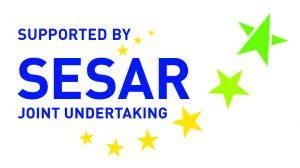The ARTIMATION project aims to provide Explainability to Artificial Intelligence outcomes through transparent AI models and novel visualisation techniques, following a user-centred approach. The project will validate two different use cases: a Conflict Detection & Resolution decision support, which will provide transparency with a novel interface based on intuitive heat maps and decision-based storytelling, and a Delay Prediction and Propagation tool, where an algorithmic data-driven and a user-centric explanation will provide explainability. When introducing a new interface in a complex system such as Air Traffic Control, it’s crucial to assess Air Traffic Controllers’ Acceptance of the tool and Human Performance while using it. ARTIMATION will introduce a novel tool to evaluate these parameters: the Mindtooth tool, able to record electroencephalography (EEG) in an easier and more comfortable way than the traditional EEG helmet, will in fact record the approach-withdrawal index towards the new interface, and the stress and workload levels elicited from the use of the novel decision support.
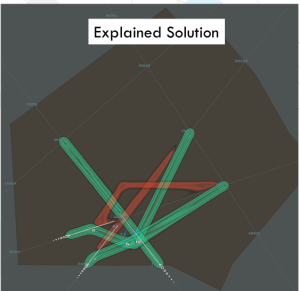
Acceptance: Approach-Withdrawal
ARTIMATION is the first SESAR project in which the Approach-Withdrawal index will be validated in the ATM context to assess the acceptance from the operator’s point of view. But what is approach-withdrawal, and why is that so important to measure? Approach and withdrawal refer to how quickly and easily a person adjusts to changes or new situations. Some individuals may find it easy to adapt to new situations and are likely to jump in and meet new people or try new things. Others, whose style is withdrawing, tend to need more time to warm up to new situations; they may hang back before joining in. That’s why ARTIMATION introduced the approach-withdrawal index to evaluate the acceptance and human performance of the new interface: this neurophysiological evaluation will be very useful to assess the consequent motivation towards a certain stimulus, in addition to the subjective measures determined by specific scales through questionnaires.
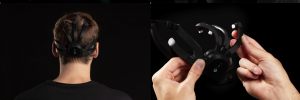
Human Performance: Stress
Stress is usually defined as a nonspecific response of the body to any demand: when the demand outstrips coping strategies, the decision-making process is altered. High task demand, uncontrollability, frustration, and time pressure can be stressors that influence an Air Traffic Controller’s performance. Therefore, it’s important to evaluate the impact on stress that the introduction of a new interface can elicit. How will stress be measured within ARTIMATION? The EEG stress assessment is possible: in continuation with the previous STRESS project, ARTIMATION will test a lighter version of the stress neurophysiological index, using EEG sensors in the parietal part of the head.
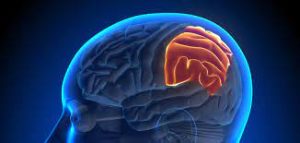
Nonetheless, the gold standard in measuring stress is the Galvanic Skin Response (GSR). In fact, when an individual is under mental stress, sweat gland activity is activated, thus reflecting in the skin conductance increasing. In continuation with MINIMA and NINA projects, ARTIMATION will also assess stress through the GSR recording device.
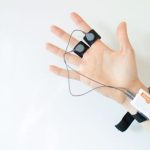
Human Performance: Workload
The last mental state that ARTIMATION will assess through neurophysiological measures is workload, a complex construct resulting from different interacting cognitive aspects. Measurement of mental workload represents the quantification of mental activity resulting from performing a task: the performance of a task declines at the extremes of the workload demand continuum, excessively high or low.
Interested in deepening the neurophysiological measures assessed in ARTIMATION?
Deliverable 4.1 is available! Don’t forget to download it here

